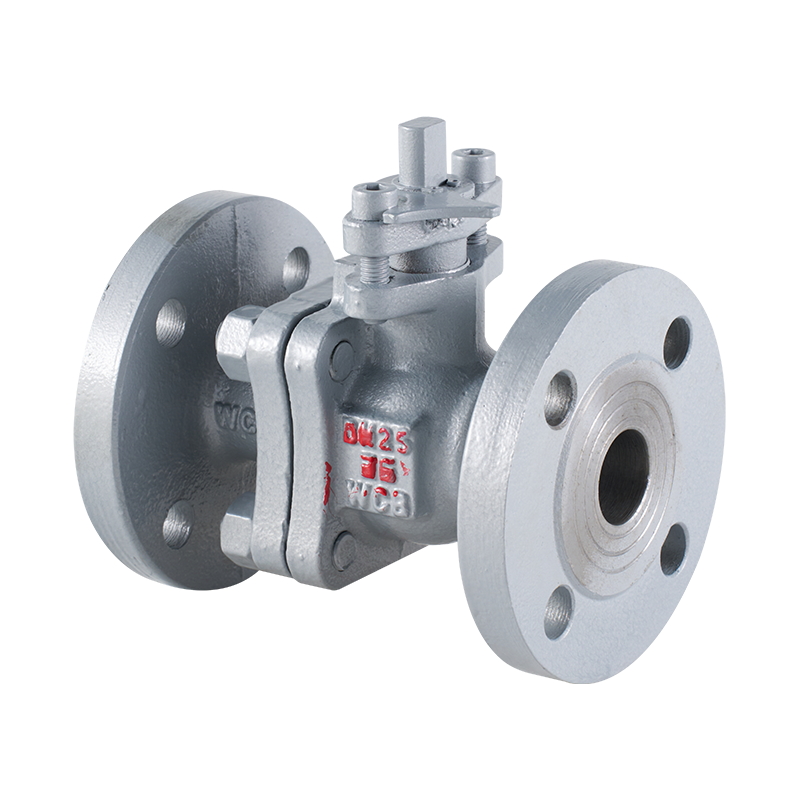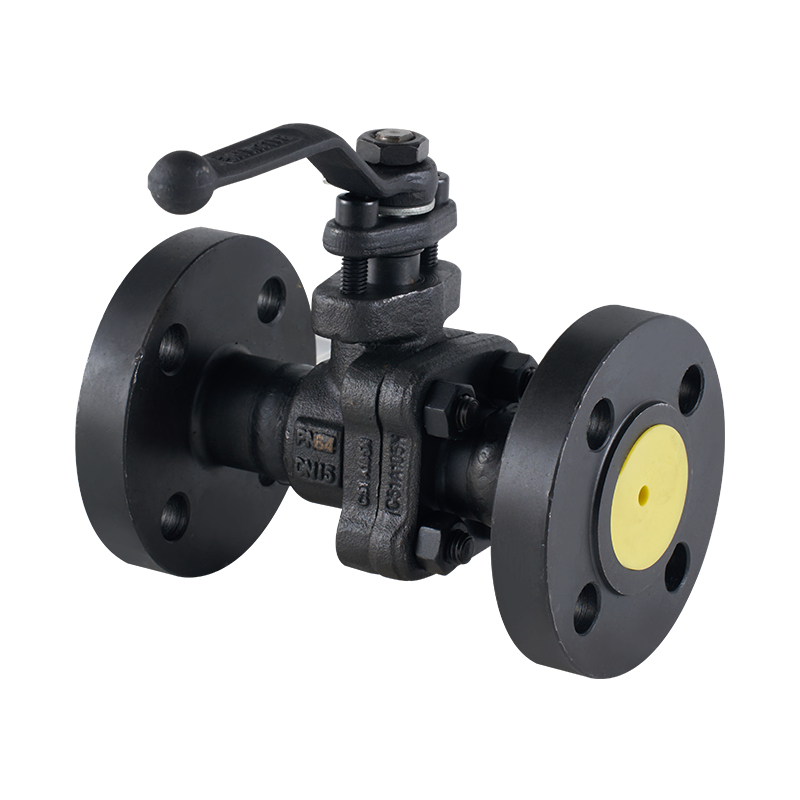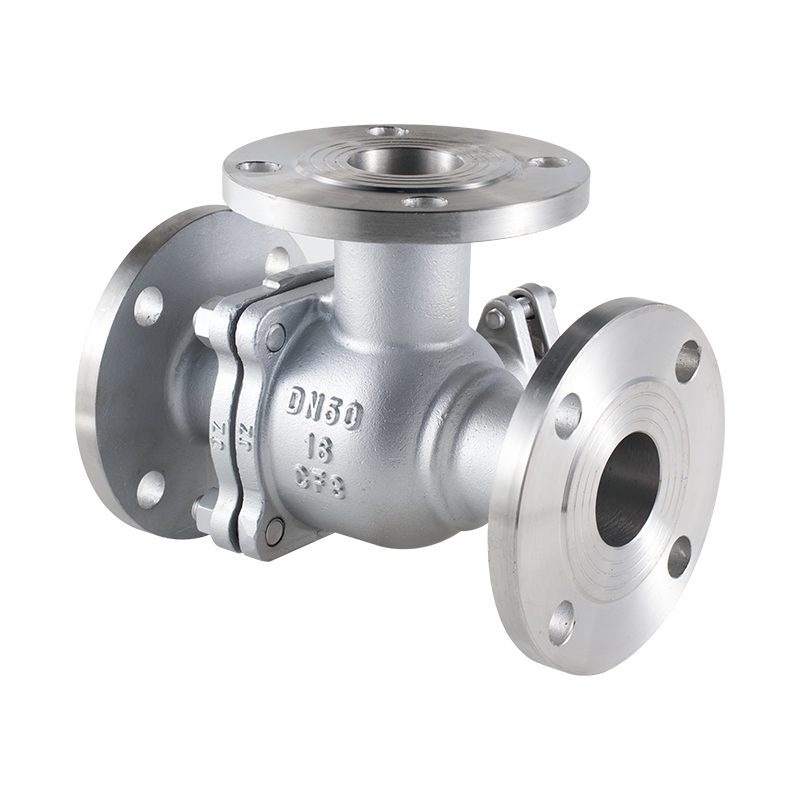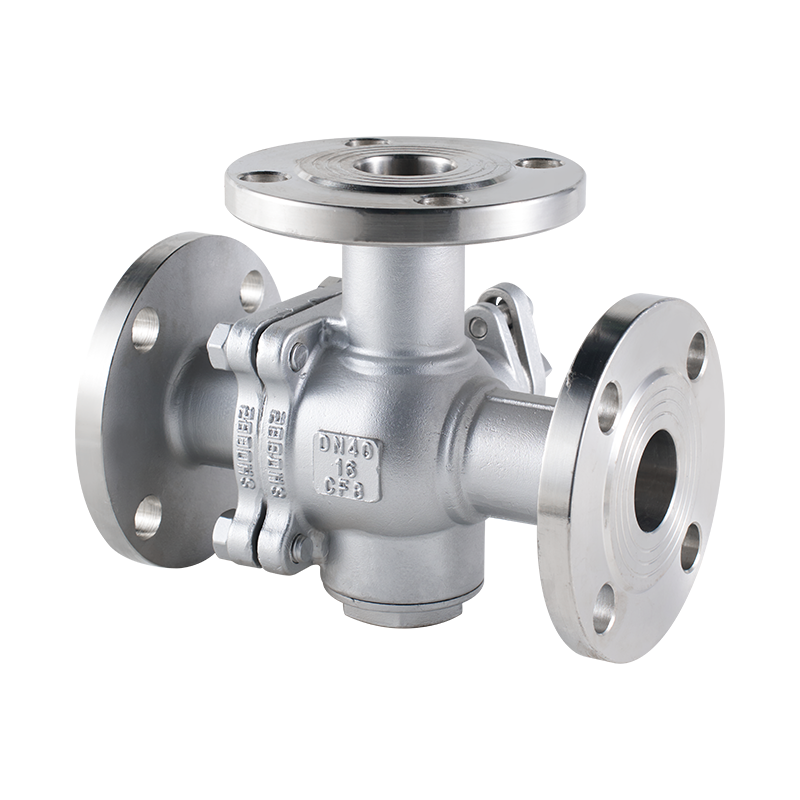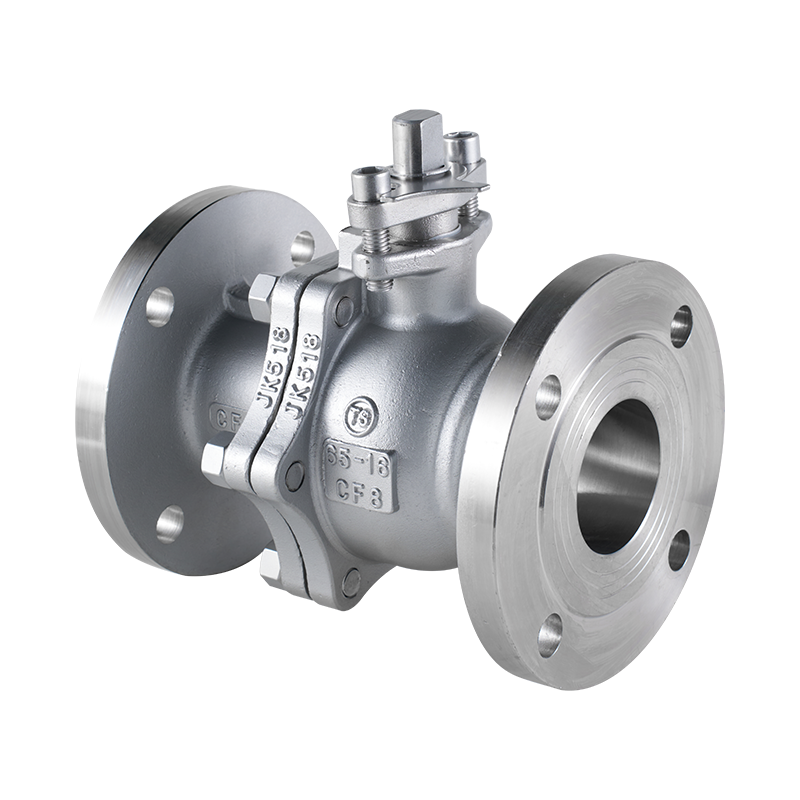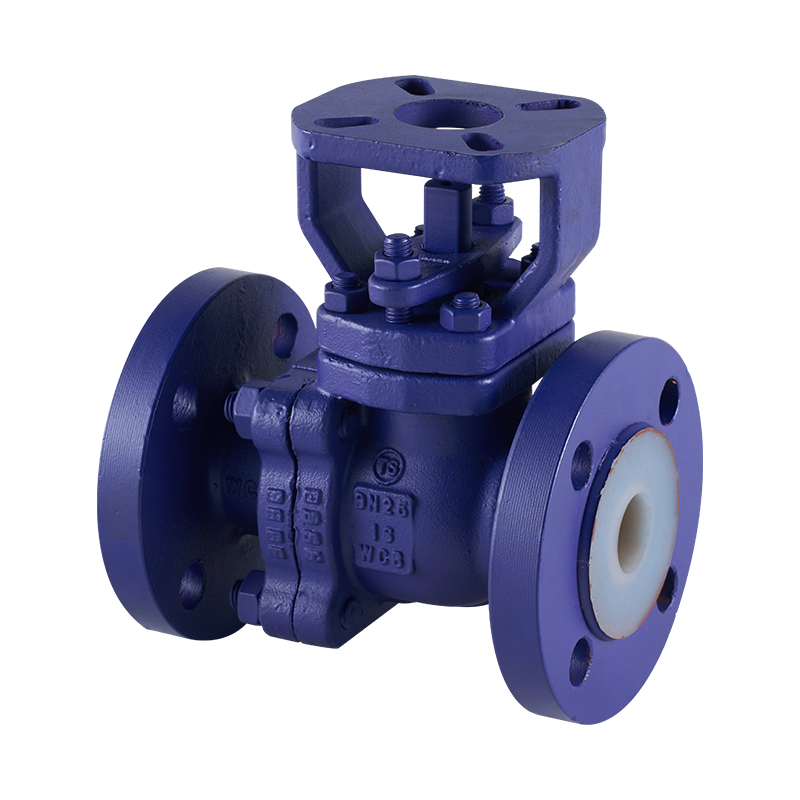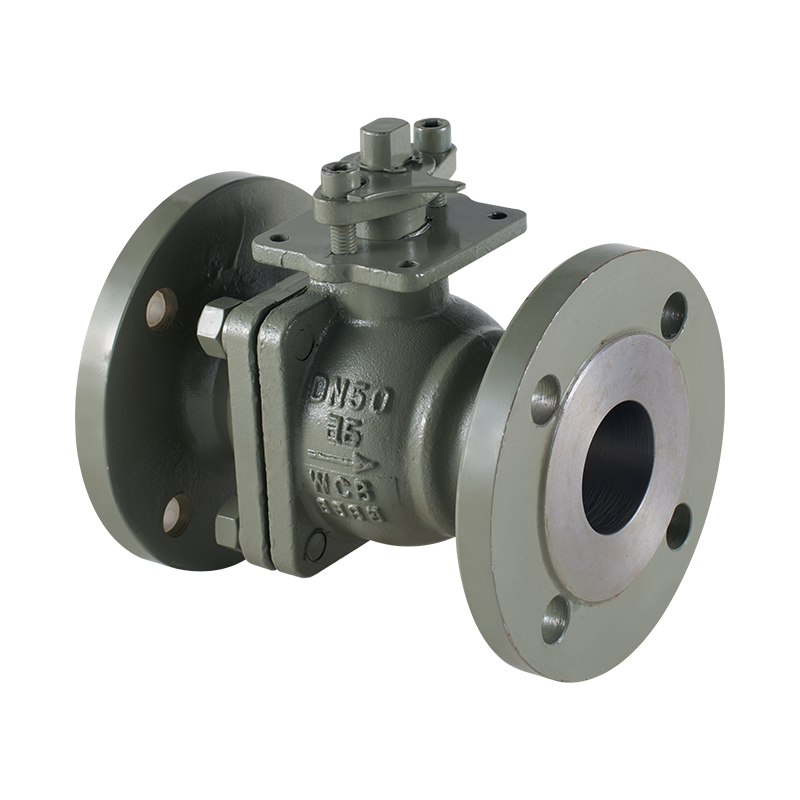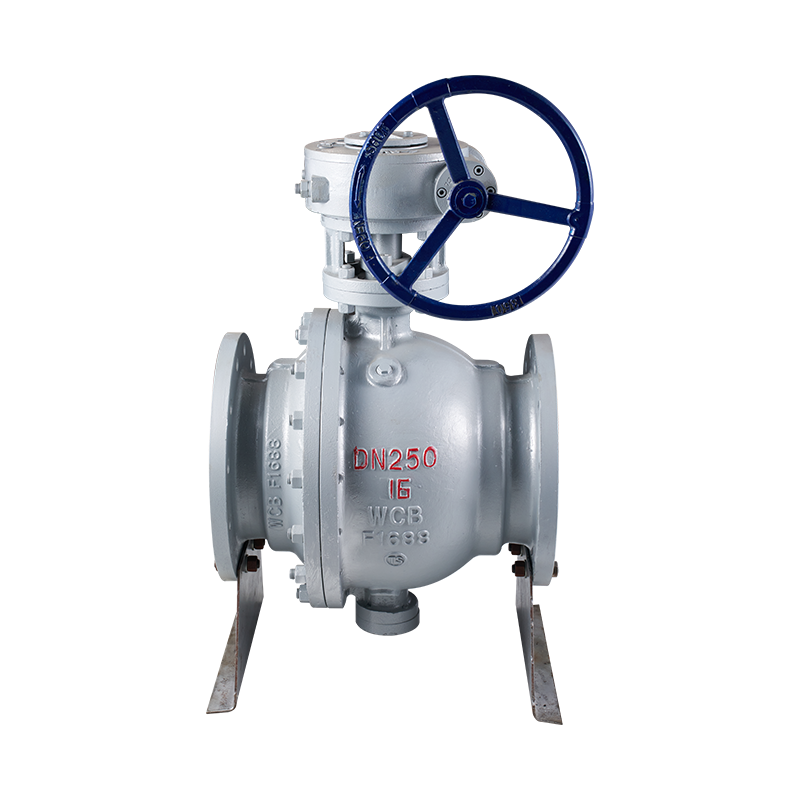The sealing material used in industrial stainless steel ball valves is crucial for ensuring their functionality, longevity, and reliability in various applications. These valves are widely employed in industries such as oil and gas, chemical processing, water treatment, and manufacturing due to their ability to effectively control the flow of fluids, gases, and other substances. The choice of sealing material directly impacts the valve's performance, resistance to wear, and ability to handle different operating conditions.
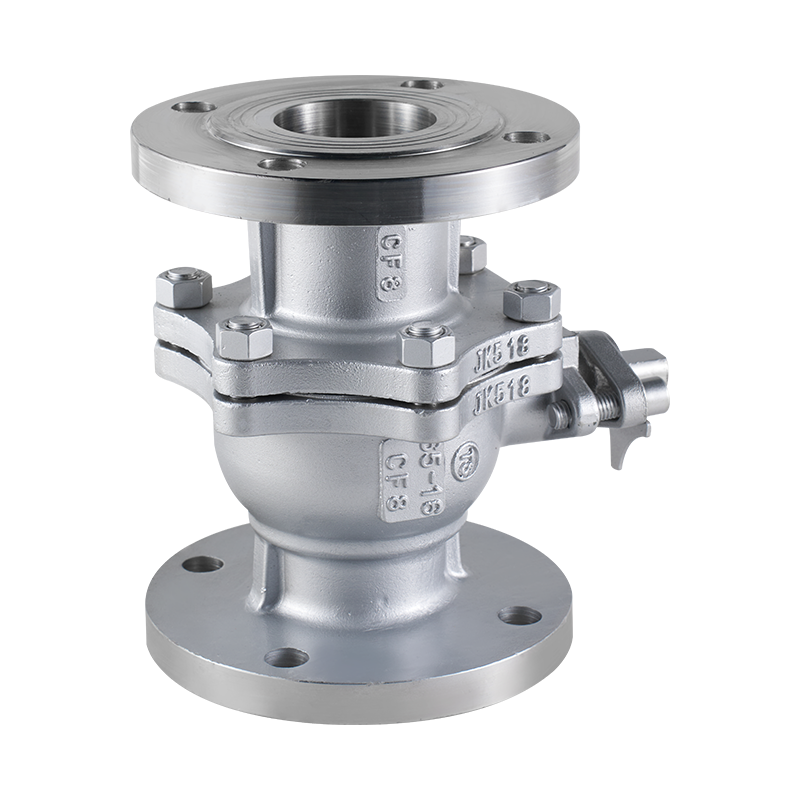
The commonly used sealing materials in industrial stainless steel ball valves include PTFE (Polytetrafluoroethylene), PEEK (Polyetheretherketone), and elastomers such as EPDM (Ethylene Propylene Diene Monomer) and NBR (Nitrile Butadiene Rubber). Each material offers distinct advantages depending on the specific requirements of the application.
PTFE, for instance, is known for its chemical resistance and low friction properties, which allow it to maintain a reliable seal even in conditions, such as high temperatures and aggressive chemicals. This makes PTFE an ideal choice for applications involving corrosive fluids or gases. PEEK, while more expensive, provides enhanced mechanical strength and thermal stability, making it suitable for high-performance valves that need to endure heavy-duty applications.
Elastomeric seals, on the other hand, are often chosen for applications requiring flexibility and ease of installation. Materials like EPDM and NBR offer good resistance to water, oils, and some acids, making them well-suited for a range of industrial processes. However, elastomers may not perform well in high or low-temperature environments.
Float valves are essential components in many industries where the regulation of fluid levels is crucial. Commonly found in water storage tanks, cooling systems, and industrial liquid storage applications, these valves automatically control the flow of liquids based on the buoyancy of a float. The flange type float valve, in particular, is designed with flanged connections for easy installation into pipeline systems. One of the key aspects to consider when selecting a float valve flange type is the pressure level it can handle, as this affects the valve's suitability for various systems.
The pressure level of a float valve flange type refers to the pressure the valve is designed to withstand during normal operation. This parameter is critical because the pressure of the fluid passing through the valve can significantly impact its performance, durability, and overall safety. In general, float valve flange types are available in a range of pressure ratings, which are categorized into classes such as PN10, PN16, and PN25. These classifications refer to the allowable pressure at which the valve can operate without the risk of failure or damage.
PN10 valves, for example, are designed for lower-pressure applications, where the system pressure typically does not exceed 10 bar (145 psi). These valves are commonly used in water treatment plants, irrigation systems, and residential water storage tanks. PN16 float valves are more suited for moderate-pressure applications, such as industrial water systems and cooling towers, where the pressure might reach up to 16 bar (232 psi). For more demanding applications, such as those in the chemical or power generation industries, PN25 float valve flange types are available. These valves can handle pressures up to 25 bar (362 psi), making them suitable for high-pressure systems that require reliable fluid level regulation under more intense conditions.
The pressure level of a float valve flange type is directly related to the material construction of the valve and its internal components. High-pressure valves are typically made from durable materials like stainless steel, which can withstand the mechanical stresses and corrosion risks associated with elevated pressures. In addition to the pressure rating, factors like the type of fluid, operating temperature, and environmental conditions must also be considered when selecting a float valve.
It is important to note that exceeding the recommended pressure levels for a float valve flange type can result in damage to the valve, leakage, or even catastrophic failure of the system. Properly matching the valve to the expected pressure conditions ensures both safe and efficient operation. Regular maintenance and inspection also help identify any signs of wear or pressure-related damage, further extending the life of the valve and the system it controls.

 English
English 中文简体
中文简体


